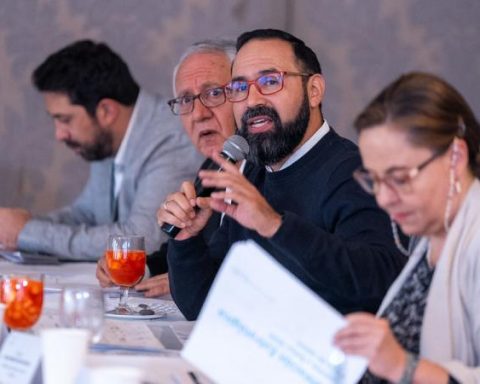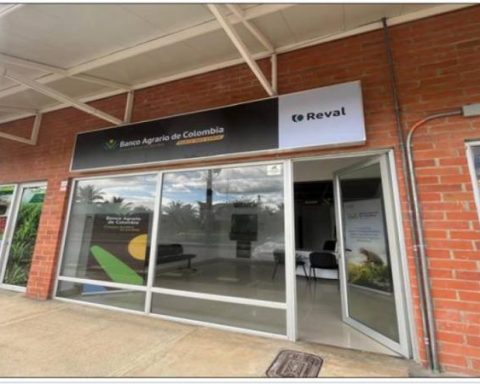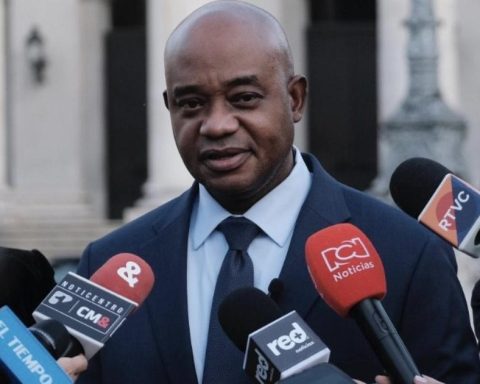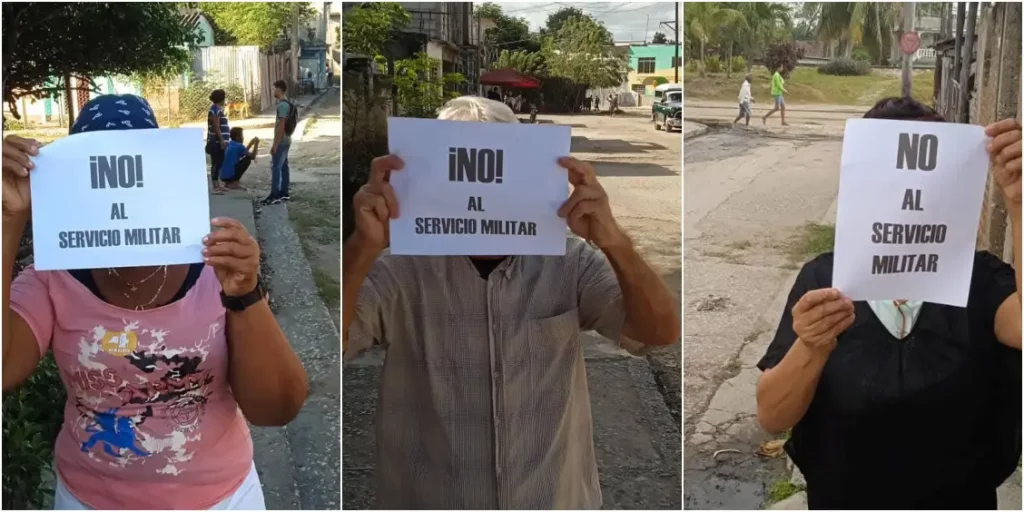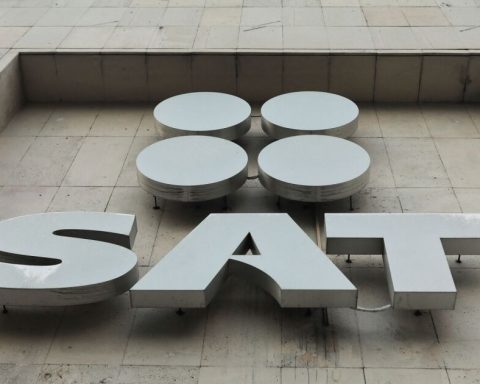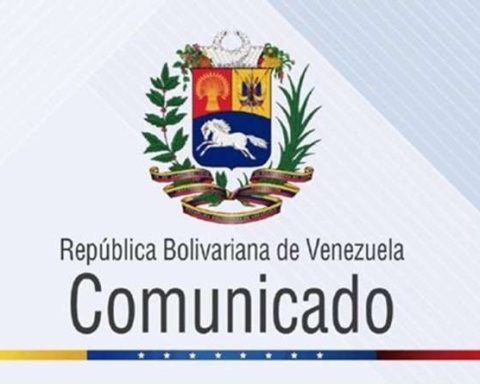Aware of the cash reality with which they began the year, the National Government is adopting urgent measures to reduce spending and alleviate fiscal pressures that threaten stability and risk image in the eyes of local and international banks. given that to fulfill everything that was promised, there would be no choice but to abuse the debt.
Proof of this is that since last Monday – January 13 – a conclave has been held, led by President Gustavo Petro, in which the roadmap for what will be the third year of his administration is being drawn up, initially defining who will be the ministers and directors who They will step aside to aspire to the Senate or the Presidency of the Republic in 2026.
More news: Fiscal uncertainty deteriorates people’s perception of the national economy
However, another important point on the agenda is the belt-tightening that the Nation must do this year, after impasses such as the fall of the financing law, the non-compliance with collection projections in 2024 and the impacts of the slowdown in tax dynamics.
In the midst of carrying out this “Strategic Planning Meeting”, As described by the Government, a draft decree was known with at least 28 points in which important changes would be made to guarantee that there is the austerity required by the cash crisis that the country has been experiencing since last year.
Saving
Modify the staff, control overtime and property leasing, avoid excessive and unnecessary spending on tickets for officials (who will preferably go in business class), recognition of travel expenses, official delegations, commissions abroad, events, schemes security and use of official vehicles.
This decree also talks about reducing state advertising, expenses on stationery, purchase of equipment and cellular plans, souvenirs or keepsakes, subscriptions to newspapers, magazines or database services, decorations and contracting of studies. Likewise, entities must implement sustainable measures that help save water and energy consumption.
“Each entity of the General Budget of the Nation must specify in its Austerity Plan the measures adopted and the result thereof, for the reduction by a percentage of no less than five percent (5%) annually of current transfers in accordance with the provided for in article 19 of Law 2155 of 2021,” the document says.
Also read: Panorama: the Nation’s cash ended 2024 at its lowest level in 15 years
Service provision
In order to delve into the implications and changes that will come with the austerity plan, Portafolio consulted several entities of the National Government, in order to know the instructions that have been given and was able to verify that one of the most striking is that it was requested to cut service contracting personnel by 30%.
The announcement in the Executive has been handled since the months of October and November, when the Casa de Nariño made this request to the heads of the entities that depend on the General Budget of the Nation. This information was confirmed by four Government entities, who warned that this change would generate a cut in investment expenses, since that is where the money for these payments comes from.
Likewise, the instruction would have come with the recommendation to make an initial filter so that this adjustment impacts those who have more than one contract with the State and avoid putting at risk the economic stability of households whose income depends solely on their relationship with the State. Nevertheless, The cut would include people with only one contract and who were not renewed by 2025.

Layoffs
According to the sources who spoke with this medium, the savings that this measure would generate is still being calculated, since the number of contracts that will ultimately be reduced and the amounts of each of these must be accounted for, while the workforce that will be would lose, it would be compensated with the plant officials.
Transparency and monitoring
It should be noted that personnel cuts due to Service Provision Orders It is not the only path that the Government will take to reduce spending, given that other measures are being analyzed in the conclave, while conversations with creditors are not ruled out, to adjust issues such as, for example, future validity periods.
Recently, the Autonomous Committee of the Fiscal Rule (Carf) warned about the low availability of cash for 2025 and proposed reducing fiscal spending to levels lower than those of 2022 to recover financial stability and overcome current cash limitations.
For reading: Fiscal deficit, energy, pension, health and AI, the issues of 2025
According to Carf, a fiscal adjustment of $52 billion, equivalent to 2.9% of GDP, is required to comply with the fiscal rule in the General Budget of the Nation (PGN) 2025. This adjustment responds to the gap between tax collection projected and actual 2024 revenues, which impacts the scheduled revenue base for next year and demands immediate actions to guarantee fiscal sustainability.
Finally, in order to guarantee that this plan does not remain just words, each of the State entities must establish a written austerity plan and publish it on their website, for the knowledge of citizens.
“The above, from a comprehensive perspective of its management in the matter aimed at informing citizens about the quantitative savings goal for the period 2025, monitoring, monitoring and reviewing compliance with the annual savings goal and the measures planned to achieve said goal,” they reported.

Colombian pesos
This plan must also aim to “adopt measures aimed at simplifying processes and eliminating reprocesses in institutional management; promote the digitization of documents and processes; avoid cost overruns in the purchases of goods and services and identify the institutional actors responsible for the execution of the internal austerity plan.”
In addition to compliance with the proposed measures, a report must be prepared every six months and delivered to the Ministry of Finance, to verify that the order given by the Government is being complied with, and published on the Government’s pages and social networks. in order to let people know how the process is going.


